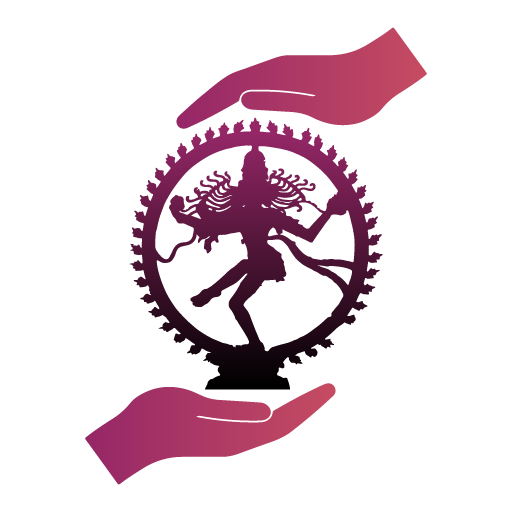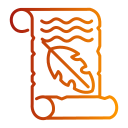Chhau Dance
Domain:Performing arts
State: Orissa
Description:
Chhau is a major dance tradition of eastern India. Prevalent in the tribal belt of the bordering areas of Orissa, Jharkhand and West- Bengal in eastern India. There are three distinct forms of Chhau:
(i) Seraikela Chhau of Jharkhand
(ii) Mayurbhanj Chhau of Orissa
(iii) Purulia Chhau of West Bengal.
Masks are an integral part of the dances of Seraikela and Purulia. Chhau dance has a significant role in the celebration of the spring festival Chaitra Parva, being innately connected to its rituals. It is a people’s art as it involves the entire community. It is performed by male dancers from families of traditional artists, or those trained under Gurus or Ustads (masters). It traces its origin to indigenous forms of dance and martial practices. Khel (mock combat techniques), chalis and topkas (stylized gaits of birds and animals) and uflis (movements modeled on the daily chores of a village housewife) constitute the fundamental vocabulary of Chhau dance. The knowledge of dance, music and mask-making is transmitted orally. It is performed in an open space called akhada or asar and lasts through the night. The dancers perform a repertoire that explores a variety of subjects: local legends, folklore and episodes from the epics Ramayana/ Mahabharata and abstract themes. The vibrant music is characterized by the rhythm of indigenous drums like the dhol, dhumsa and kharka and the melody of the mohuri and shehnai. The dancers mainly belong to communities of Mundas, Mahatos, Kalindis, Pattnaiks, Samals, Darogas, Mohantys, Acharyas, Bhols, Kars, Dubeys, and Sahoos. Musicians are from the communities known as Mukhis, Kalindis, Ghadheis, Dhada. They are also involved in the making of the instruments. Masks form an integral part of Chhau Dance in Purulia and Seraikela. Communities of traditional painters known as Maharanas, Mohapatras, Sutradhars are involved in the making of these masks
 Government of India
Government of India



































 Recognizing the ongoing need to position itself for the digital future, Indian Culture is an initiative by the Ministry of Culture. A platform that hosts data of cultural relevance from various repositories and institutions all over India.
Recognizing the ongoing need to position itself for the digital future, Indian Culture is an initiative by the Ministry of Culture. A platform that hosts data of cultural relevance from various repositories and institutions all over India.